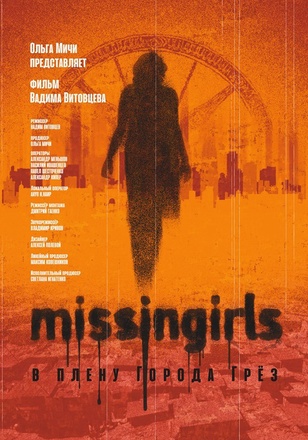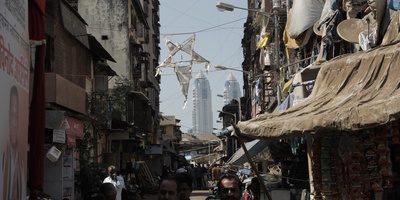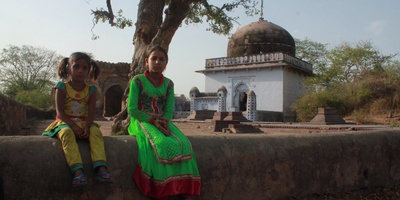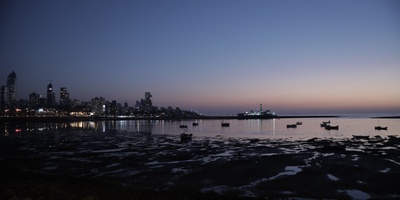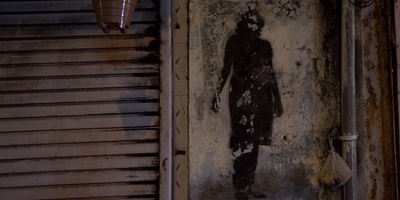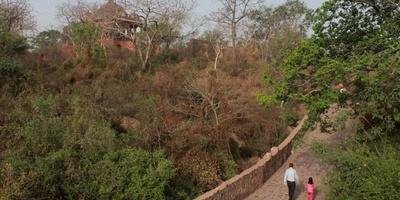2018 | Documentary | 66 min. | India, Russia, United States | 16+
The documentary looks into the fate of the girls trapped in sexual slavery today. We investigate the reasons why even the underage children get sucked into this terrible business. The film unfolds in India, a country that occupies an unhappy first place among countries with the highest volumes of human trafficking. Several prostitutes who became heroines of this film are living in the red light district of Mumbai – some time ago they were sold to this district by their own parents. The other plot line of the documentary is the story of a little girl living in one of Northern India’s poorest villages. In a couple of years she too can follow the Mumbai ladies’ path. But the most terrible thing is that she may come to the red light district not on her own, but through the fault of her parents who were pushed by dire poverty to take this decision against their own will. But can poverty really be an excuse for such a sin? Does this little girl have any chance of avoiding such a terrible fate and changing her karma?
Directors Statement
A few words on the specifics of camera work. We used live filming in Mumbai city space to communicate the anxiety and dangerous nature of the places that our heroine visits. Also Mumbai is the most densely populated city on Earth. In that context live filming is just the right thing. Because here life runs high — and runs over the top, the overall tempo of life and death here is unbelievably rapid. That’s why we only used live filming, no static shots and no “talking head” shots, of course. The rhythm is totally different in the village. There the heroes themselves are passive. It is difficult to get them talking. And even if they speak on camera — it is always men who talk here, as women in rural India are denied the right to speak. Due to the specific nature of the topic that the documentary touches upon, men in the film are extremely reserved in showing their emotions and in the words they utter. Masculine characters only relax (ever so slightly) in the scene of uncle and Kushi going to the market (and also in the moonshine drinking scene). As for the ladies — we do not hear their voices at all, and that’s not by chance. Women in India do not have the right of speaking their mind – or speaking at all. We saw that for ourselves when we tried to record an interview with Kushi’s grandmother, her mother and her aunt. They declined our invitation every time – and quite adamantly. Once Kushi’s mother agreed to an interview — but we had a feeling she was repeating on camera the phrases she memorized by heart and that this text was given to her by her husband. The only true interview we had was with Kushi. But even that became possible only during our third visit to Rajasthan, and not on our earlier visits. This only happened when Kushi got used to us and started perceiving us as some kind of relatives. Only then did she tell us (on camera — and that was her first and only interview) that she wants to become a doctor. Before that Kushi was always replying with the same phrase: “the way my father decides is the way it will be”. That’s why here we could say that we used a deep observation method to have our heroes disclose their inner self after a lot of communication.
Director: Vadim Vitovtsev
Producer: Olga Michi
Studio: Olga Michi Production
